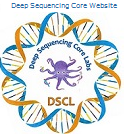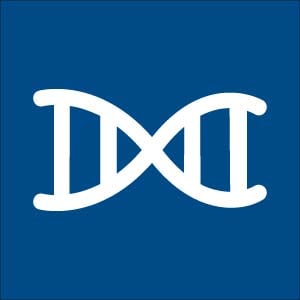Sequencing Library Preparation

The MBCL offers library construction services for Illumina and PacBio platforms. These services include conversion of DNA or RNA into ligated & indexed libraries, size-selection, and QC by Fragment Analyzer and/or any other means necessary.
The Illumina library prep ticket can be found here as a fillable pdf.
PacBio library preps from DNA/cDNA starting material are carried out by the PacBio Core. All PacBio samples, regardless of source material, should be submitted through the PacBio Core. Email Maria.Zapp@umassmed.edu to discuss your project and/or request a ticket.
Material Requirements

| Illumina Library Types: | Required Material*: |
|---|---|
| Genomic DNA | 2-3 μg |
| Amplicon | 1 μg |
| cDNA | 1 μg |
| total RNA | 2-5 μg |
| small RNA | 50-100 ng |
| NanoString (If interested, see the SCOPE Core, RRID:SCR_022721) |
dried sample and SeqCode plates |
| cells for Chromium | 10k viable cells |
| other cells | ask us before submitting |
| PacBio Library Types: | Required Material*: |
|---|---|
| total RNA for IsoSeq/cDNA library | >= 700 ng |
*Submissions with less than the minimum requirement can be submitted after approval by the Core. Email Maria.Zapp@umassmed.edu to discuss your project.
Sample Drop Off Locations:
Samples can be left in the labeled fridges at these locations
for 11:00 AM pickup each business day:
AS8-2016
N2 freezer bay near the main lobby elevators
LRB 6th floor mailroom
Our shipping address for off-campus customers is
Rose-Gordon Bldg. Rm. 141, 222 Maple Ave, Shrewsbury, MA, 01545.
We strongly recommend NOT shipping for Friday delivery.
Tips for isolating material:

1. Samples should be suspended in water or EB. Other buffers or any contaminants could create problems with library preparation and be carried over into sequencing. Avoid the use of glycogen whenever possible. Make your starting material as high-quality as possible: Sources of contamination that could affect library prep can include proteins, glycolipids, pigments, and metabolites. Sources of damage that could affect library prep can include nucleases, shearing, hydrolysis, UV radiation, and oxidation.
2. NanoDrops and similar instruments frequently read concentrations higher (sometimes ten-fold more) than other methods of determining concentration. This is because the NanoDrop detects everything, including contaminants, in the sample. The Core recommends the use of other methods such as Qubit or Fragment Analyzer, or careful attention paid to NanoDrop calibration, 260/280, and 260/230 readings.
3. Some suggested kits for DNA/RNA isolation are: (((coming soon!)))


